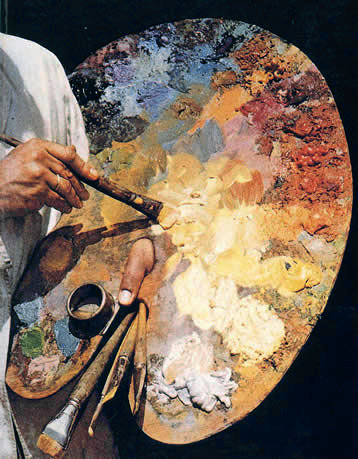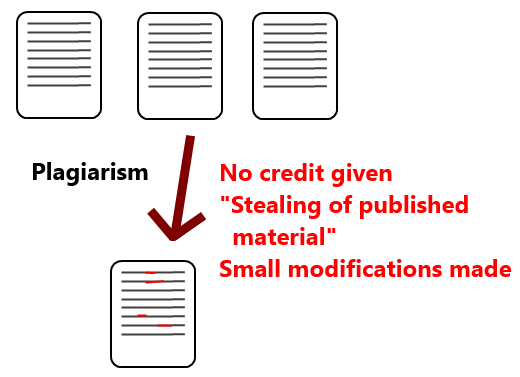Analyzing My Genre
In tis blog post I will be analyzing my selected genre and providing 5 examples. My chosen genre is an article.
Example 1
Example 2
Example 3
Example 4
Example 5
Social Context
Where is the genre typically set?
This genre can be set on either a website or in a newspaper. In today's times it will most likely set on a website.
What is the subject of the genre?
The subject of this genre varies. It is almost always reporting on an issue but the subject of that issue is different.
Who uses this genre?
This genre is used by nearly everyone. Articles are read by people young and old, rich and poor. The content of what these people read will almost always be different as their are so many different topics.
When and Why is this genre used? What purpose does the genre serve for the people who used it?
The genre is used when the author wants to share information on a subject. It can be used in many situations be that breaking news, sharing an opinion, or explaining what has been going on for a certain topic. This genre serves the purpose of informing the audience. Articles are how most people get their news on the internet.
Rhetorical Patterns of the Genre
What type of content is usually included and excluded?
Usually lots of information on the topic is included along with quotations from people involved. Usually opinions are excluded but sometimes authors are bias and it is easy to see what way the author leans.
What rhetorical appeals are used most often? Do you notice any patterns in the appeals to logos, pathos, or ethos?
Pathos is used very often as articles, depending on the subject, as many subjects can evoke emotions. Logos can also be used as statistics are used in articles. When the article contains an opinion than usually the author will include a background on themselves which is ethos. The pattern I have noticed is certain topics use different appeals. If the topic is more controversial than more pathos will be used.
How are the texts organized? Do they generally open in similar ways? Conclude in similar ways? What common parts do the samples share?
The ways that the text is organized is based on the personal preference of the author. An article may open with details on the topic or possibly a quote for example. An article may end with a quote as well or the author may go the route of telling what the audience should look for regarding the topic in the future.
Do the sentences in the genre share a certain style? Are they mostly active, passive, simple, complex? Is there an abundance or lack of questions, exclamation points, or semi-colons?
The sentences for the most part are simple but this depends on the topic. A topic that easier to understand would have more simple sentences. There is a lack of exclamation points as the make the piece less formal.
What type of word choice is used? Do many of the words fit in particular category of jargon or slang? Is the overall effect of the word choice formal, informal, humorous, or academic?
The word choice depends on the topic of the article. If the article is reporting a major news story than it will have formal word choice. If the article were scientific than it would most likely have an academic word choice. An article reporting something not so serious will most likely be less formal but still professional.
Social Context
Who does the genre include and who does it exclude?
This genre included pretty much everyone because there are so many different topics an article can be written on. An article would exclude a person who prefers to learn visually because there are not many images used in articles.
What roles for writers and readers does the genre encourage?
The writers are encouraged to share the information they want to present in a way that the readers will understand. The readers are supposed to take in the information and develop an opinion based on the information given.
What values and beliefs are assumed about or encouraged from users of the genre?
The writers of this genre are assumed to prevent all the information available and not hold back any key information. They also are expected to not make up any information.
What content does the genre treat as most valuable? Least valuable?
The most valuable content would be the information shared because that is why people are reading the article. The least valuable content would be images because while they can be emotion provoking, there will only be one image used in most articles.
Reflection
I read the blogs of
Tyler and
Breanna and learned about their respective genres. Tyler has choose a blog which I have a lot of experience with because of this course so I was able to understand why a writer would choose the genre. Breanna chose a listicle and I agreed with what she said about it. She said that the audience is a younger one and I agreed with that 100%.





























